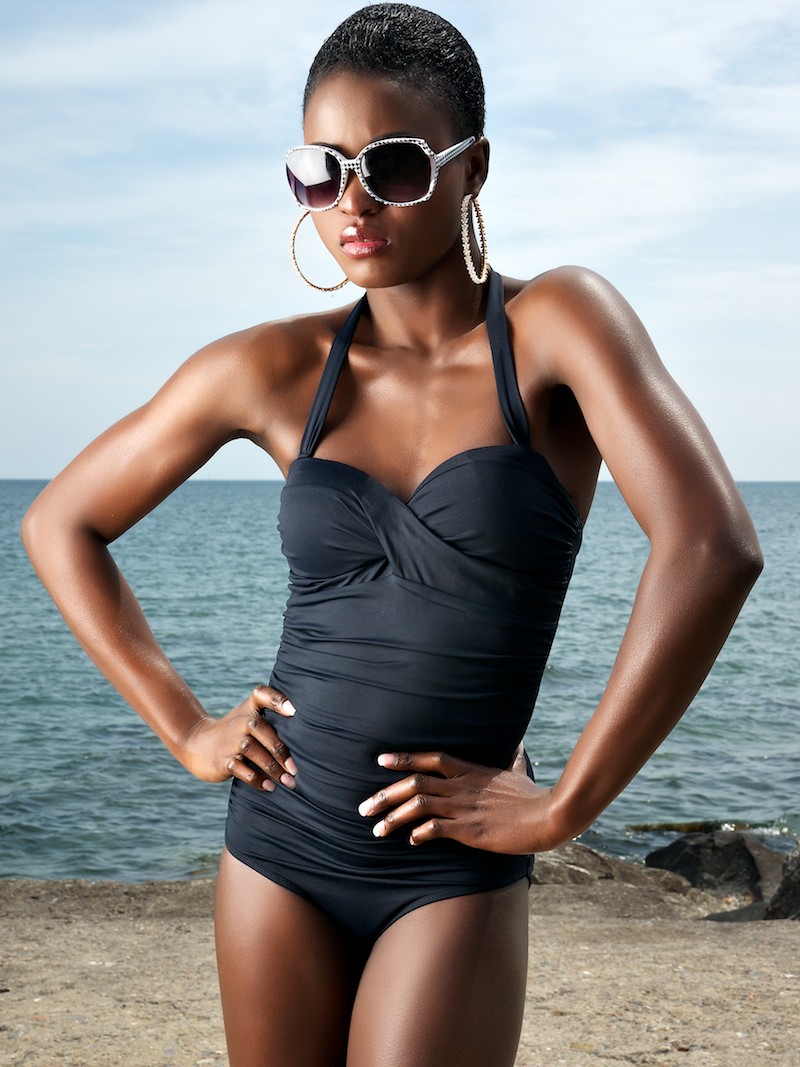If you’ve been following this blog then you know that my favourite lighting tools are studio strobes for most everything I like to photograph. The control of light, the power, the recycle time and great selection of lighting modifiers are all great reasons to love these lights.
The term ‘studio strobes’ comes from the typical type of use these lights see – specifically, indoor use. But as we gaze with hope at our calendars, we begin to dream once again about glorious spring and summer weather.
Whilst we need to go outside to take these beautiful pictures, we also need to consider our health. Any aspiring photographers will spend a lot of time in their gardens throughout the year, taking pictures of all aspects of nature. Due to that, it can be important to have an all-weather area set up, similar to a decking. There are low cost options when it comes to installing decking, so photographers don’t have to worry about spending lots of money installing one.
With decking, the garden becomes much more accessible. By putting some outdoor furniture there, photographers can comfortably capture photographs of everything around them whilst making use of the natural light on a summer day. Another thing I find really handy when it comes to outdoor photos is using a shed to make the most of the natural light without it being overpowering. Does that mean that our beloved studio strobes are going to be neglected? Of course not.
You may be surprised to learn that some studio strobes are designed with the capability to be used without readily available electrical power. There are more than a few strobe systems that can be powered by portable battery packs. If you’re a fan of the capabilities of studio strobes as I am that means with the right gear I can get all of the benefits of studio strobes even in the outdoors. Artificial lighting, as we all know, gives a great feel to your photographs, and with your own light, you can have a mix of natural and artificial lighting, whether you use strobe lighting or not.
But, if you want the studio strobe affect, the price range for battery compatible studio strobe systems will vary greatly, however, there are a plethora of options for every budget. Some studio strobe systems such as the Bowens brand, offer battery compatibility in conjunction with being able to run off AC mains power. You can choose which mode you wish to run these lights in depending on whether you have AC power available to you or not. Some systems are either strictly battery based, or strictly AC. If you are new to studio strobes and considering a purchase, this may be a feature you’ll want to consider.
Simple strobe with reflector dish just out of frame, camera right – sun behind subject
The creative possibilities of bringing powerful lights into your outdoor photography world can be many. Consider these:
1. Overpower the sun – set your aperture to f/16 or so and use a lot of strobe power. The sun filled sky will darken and create a surreal foreground/background relationship.
Overpowering the sun with a bare bulb strobe close to subject
2. Create light over a long distance – with strobes you have a lot of power at your command. You can place your strobe quite a distance from your subject before you run out of power, so use that to your advantage. You may wish to photograph someone on a beach and slightly in the water. You can likely place your strobe safely on dry land and still illuminate your subject very well.
Barn doors on strobe head, 15 feet from subject for hard specular highlights
3. Shape your light creatively – your softboxes, grids, barn doors and all the other light shaping tools you have will work outdoors just as they do indoors. Don’t just think about illuminating your subject, but think about how these tools can help you shape the light to creative effect.
Large softbox a few feet from subject for softer skin tones
Depending on the system, the only sacrifice you have to make when shooting a battery based system is potentially slower recycle times (but still pretty fast) of your strobes. All other benefits including being able to use whatever lighting modifiers you want, will still be in play. Of course, the battery you take with you will only be useful for a certain number of shots. Most battery systems designed for portable strobes will be good for a couple of hundred shots at minimum, but usually much more. If you plan an all day shoot, consider an extra battery or have some kind of plan for topping up your battery during a lunch break if possible.
Strobe head with barn doors
A few tips you will want to keep in mind when using your strobes outdoors:
- Large modifiers like soft boxes can really catch the wind, even the slightest breeze can pose a challenge especially with umbrellas. Use your gear bags to anchor things down, or have someone on hand to help you and literally ‘stand’ on the light stand to ensure it stays put.
- Ensure that your battery pack(s) are well charged and topped up the night before you got out to shoot. These packs are typically fairly high capacity and take a while to charge fully.
- Modeling lamps are power wasters when shooting outdoors, and in bright scenes don’t have a lot of reach. Turn them off to save battery power. Incandescent bulbs especially will drain batteries very quickly.
- Use common sense and stay safe near water. Strobes are not waterproof and don’t react well to rain.
- Use the sun by keeping it behind or beside your subject, then light your subject with your strobe. The sun can create a nice rim or hair light effect on your subject while your strobe does the rest.
- Avoid the temptation to use less than sturdy light stands. The temptation to bring a light stand that doesn’t weigh a lot must be balanced against the need for stability of your light. Try to bring a stand that won’t break your back, but also won’t put your gear at risk.








